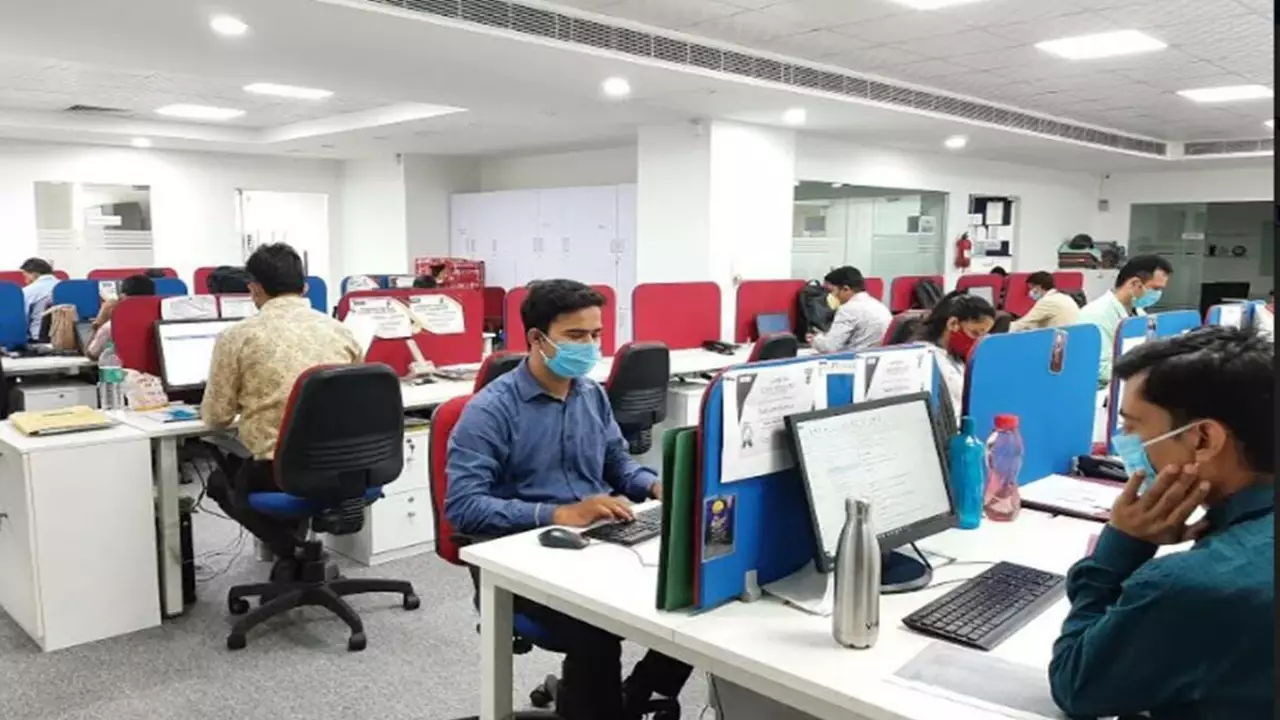US Employment: What’s Hot, What’s Not, and How to Get In
If you’re eyeing a job in the United States, you’ve probably heard a lot of buzz about tech booms, visa caps, and remote work. Let’s cut through the noise and give you clear, bite‑size info you can actually use right now.
Top Growing Sectors in 2024
First off, where are the jobs actually popping up? Data from the Bureau of Labor Statistics shows three sectors leading the charge:
- Technology and AI. Software developers, data scientists, and AI specialists are in high demand. Even non‑tech roles like project managers in tech firms are seeing salary bumps.
- Healthcare. Nurses, medical technicians, and telehealth coordinators are needed across the country, especially in states with aging populations.
- Renewable Energy. Solar installers, wind turbine technicians, and sustainability consultants are climbing the ladder as the US pushes greener policies.
Targeting these fields can boost your chances, especially if you can show a relevant certification or a short boot‑camp credential.
How to Navigate US Work Visas
Most international job seekers hit the visa question first. Here’s a quick rundown of the most common pathways:
- H‑1B. The classic skilled‑worker visa. Employers file on your behalf, and there’s a lottery each April. Having a master’s degree or a STEM background improves odds.
- L‑1. If you’re already working for a multinational company, you can transfer to its US office as an intra‑company transferee.
- O‑1. For people with extraordinary ability—think award‑winning researchers, artists, or top‑ranked athletes.
- Remote‑first options. Some US firms let you work from abroad on a contractor basis. While you won’t get a work visa, you can earn US‑level pay and build a portfolio.
Tip: start the visa conversation early. Ask the recruiter if they sponsor and, if they do, gather every document the employer might need—degrees, transcripts, recommendation letters.
Beyond visas, there are a few practical steps you can take right now:
- Polish your LinkedIn profile with keywords like “US‑based” and “remote ready.” Recruiters use these filters heavily.
- Sign up for job boards that focus on US employers—Indeed, Glassdoor, and niche sites like AngelList for startups.
- Network on industry Slack groups or virtual meet‑ups. A referral can cut your application time in half.
Salary expectations differ by region. A software engineer in San Francisco can earn $130k + base, whereas the same role in Austin might start around $95k. Use Glassdoor or Payscale to benchmark the city you’re targeting.
Finally, don’t overlook soft skills. US companies value communication, adaptability, and a growth mindset. Mention concrete examples—like leading a cross‑functional project or learning a new tool in a month.
Bottom line: focus on high‑growth sectors, understand the right visa route, and showcase both technical and soft skills. With those bases covered, you’ll be a strong contender for US employment in 2024 and beyond.
